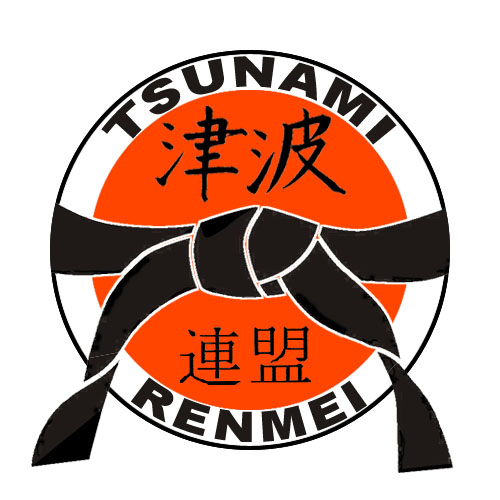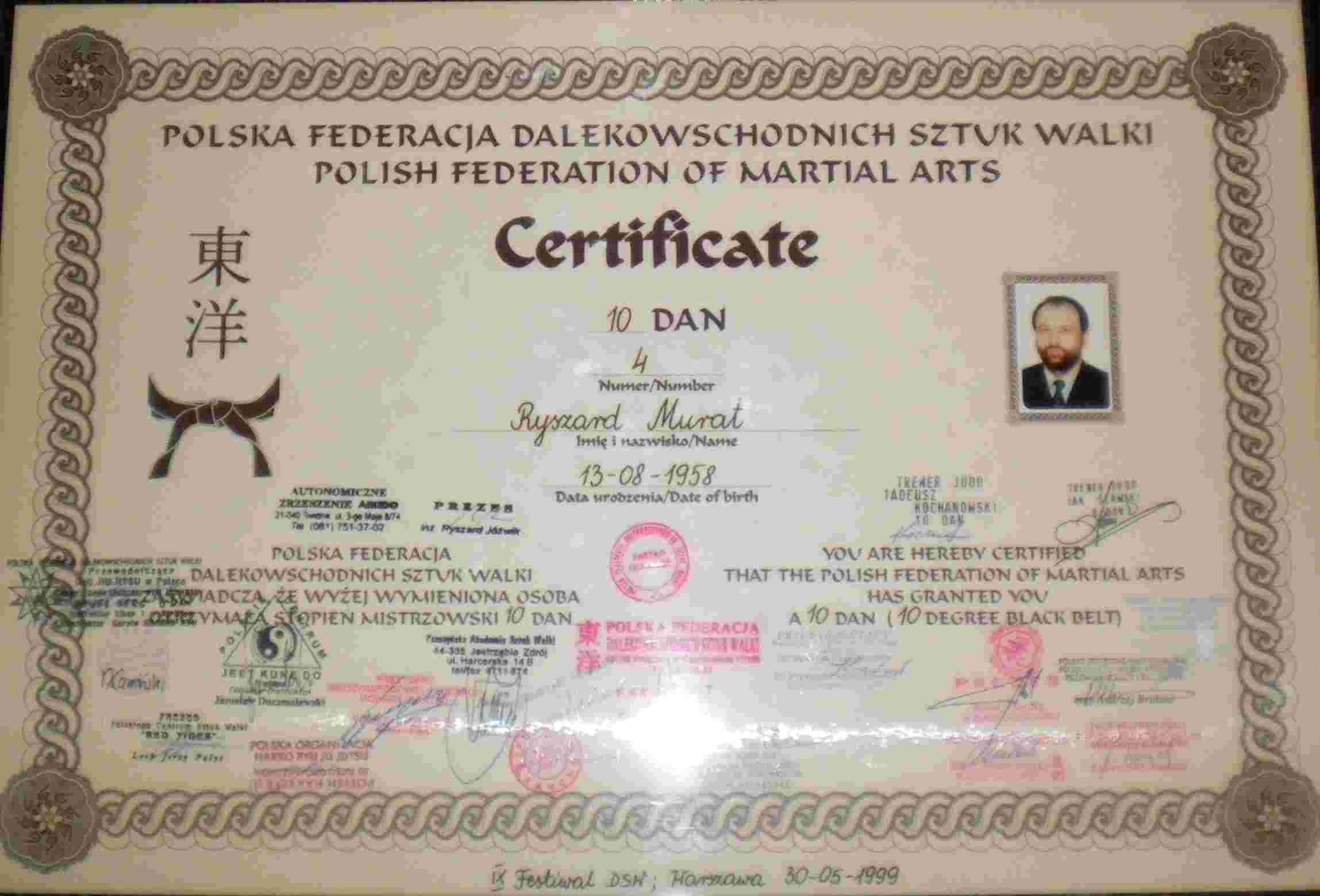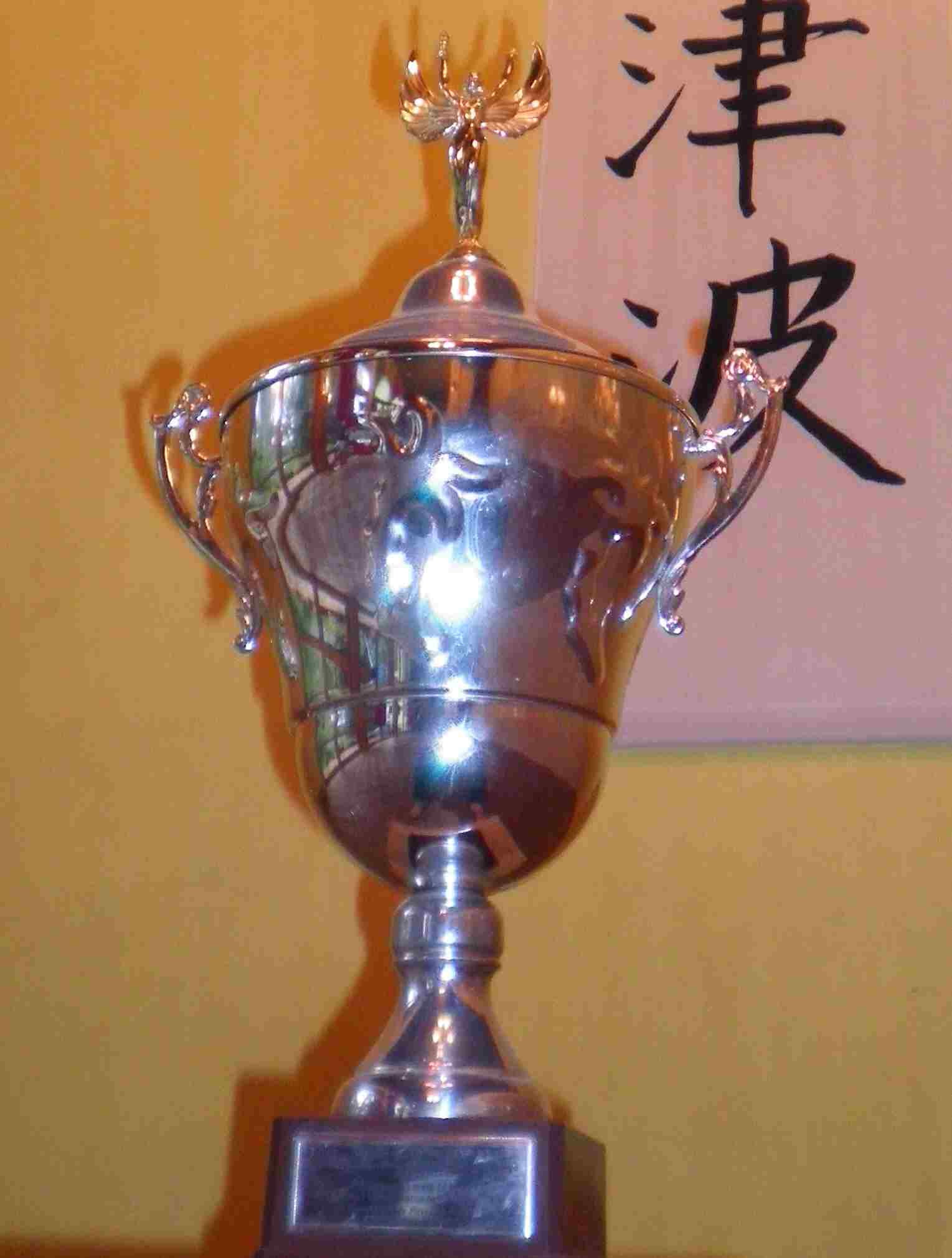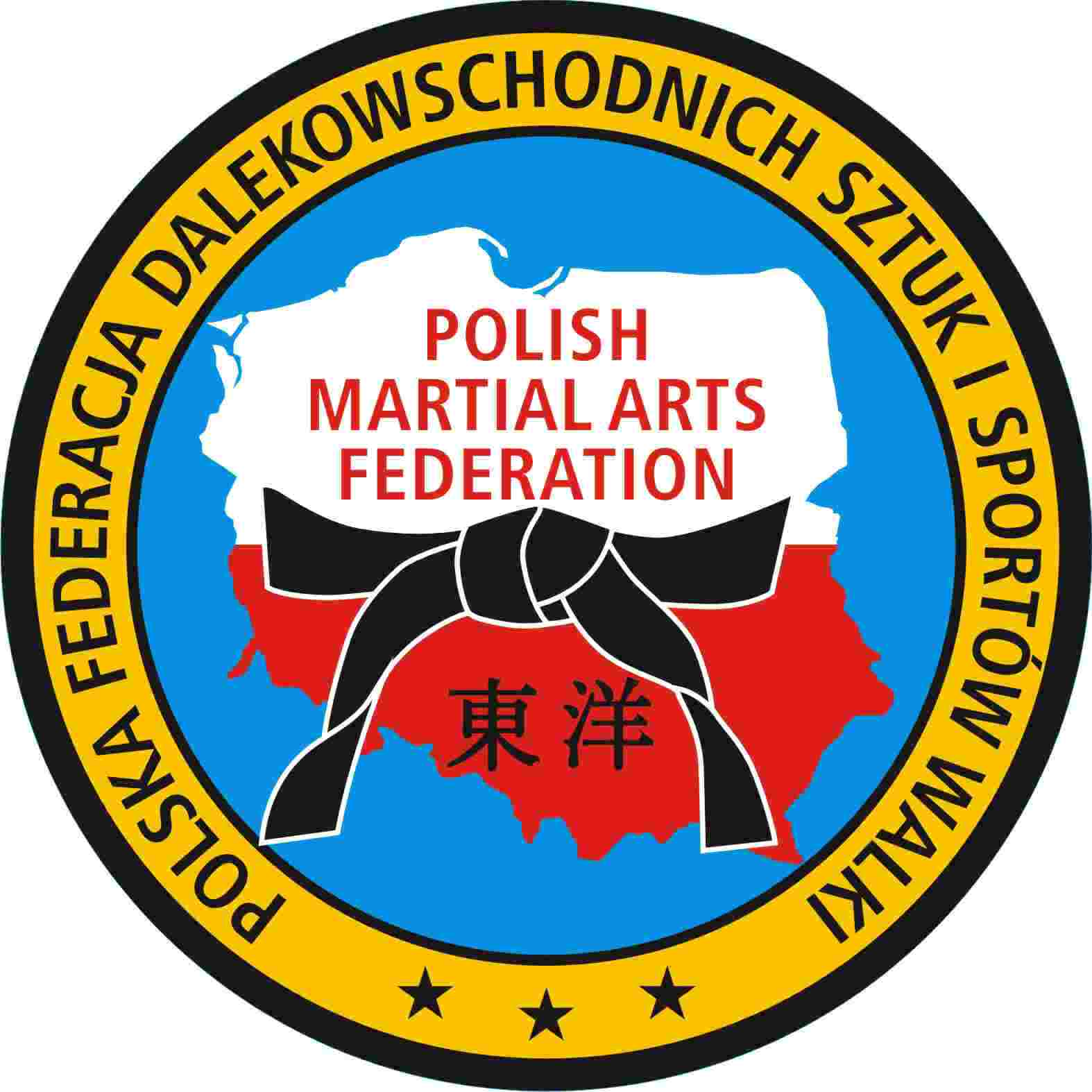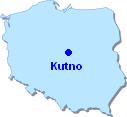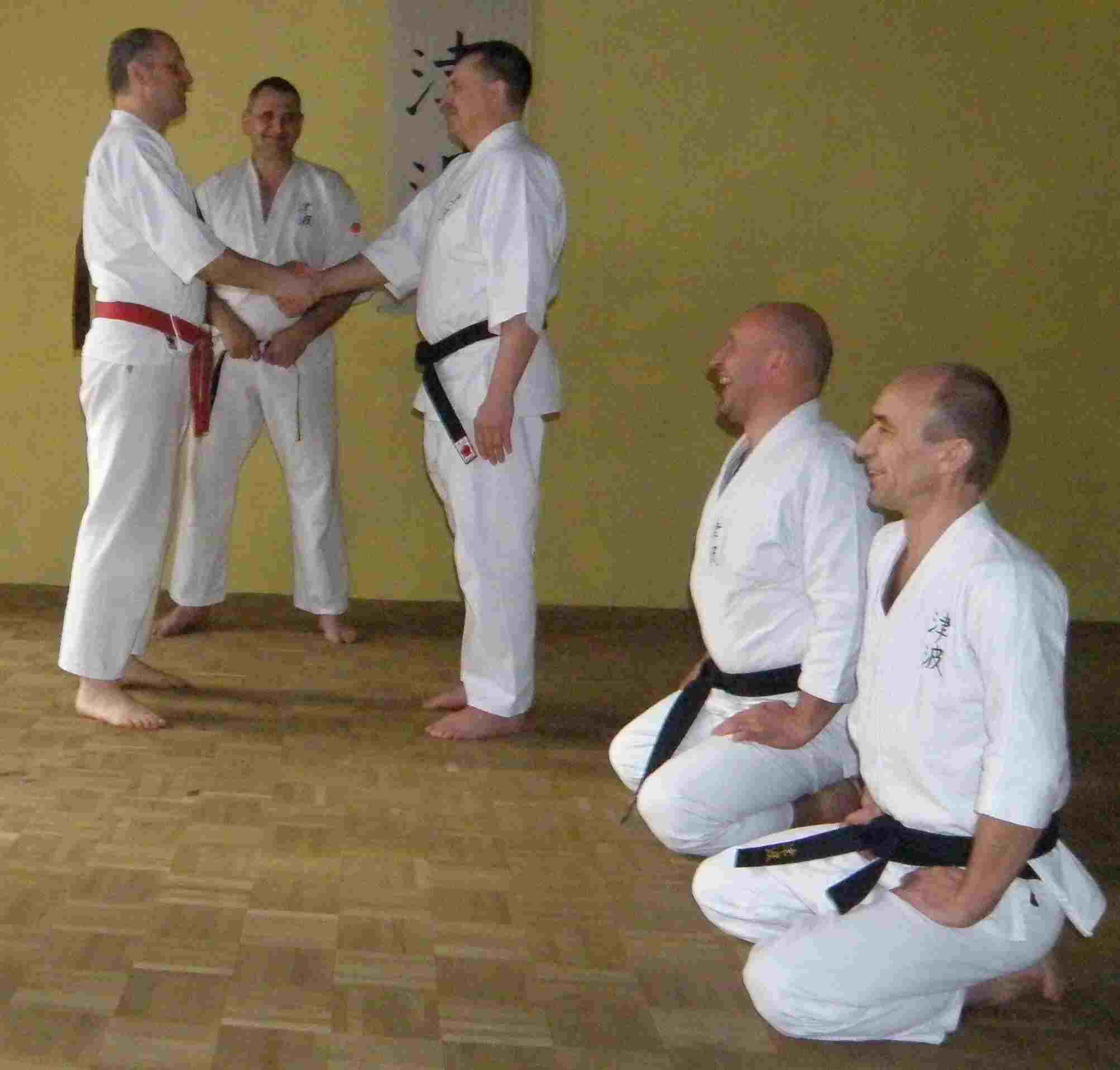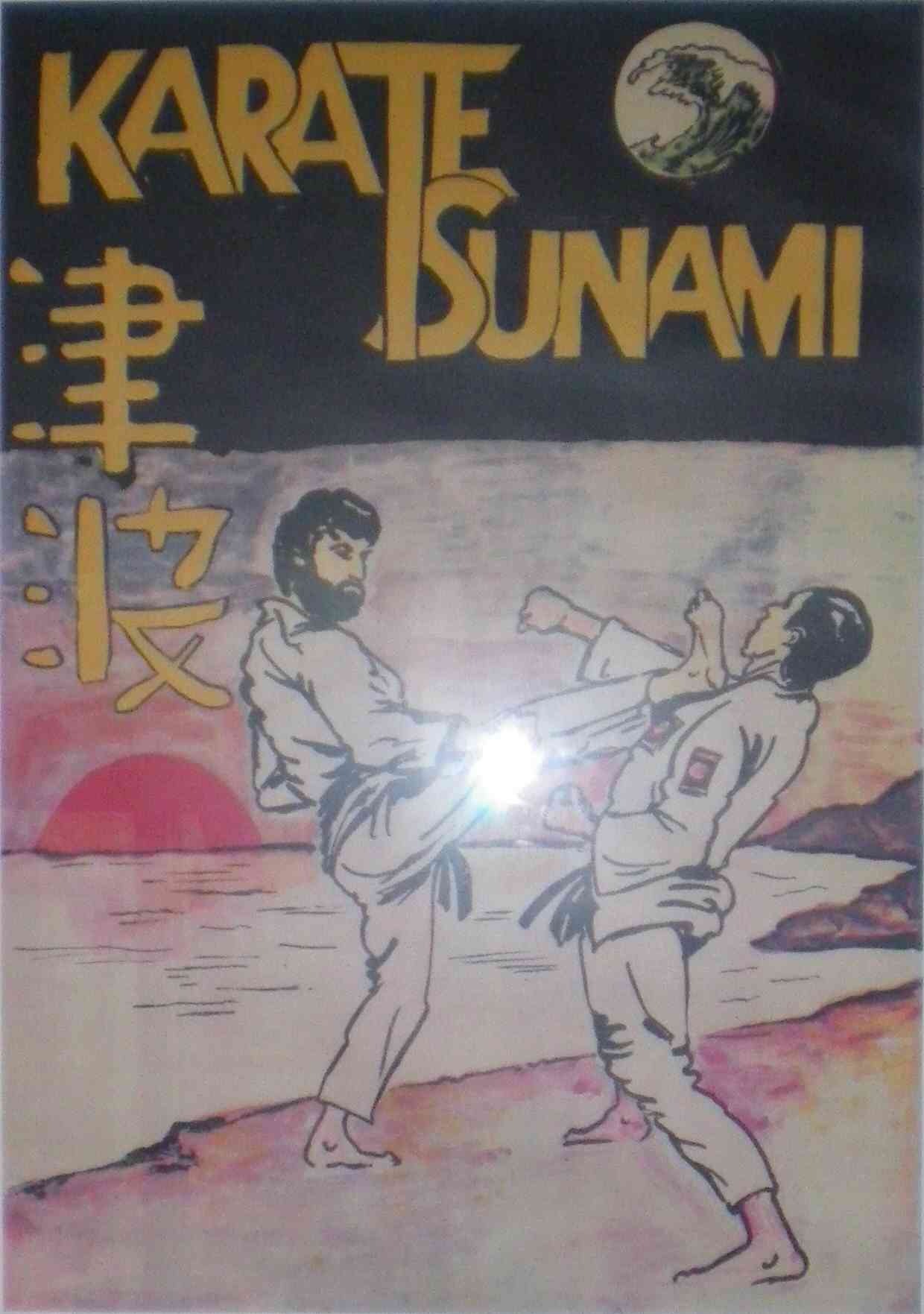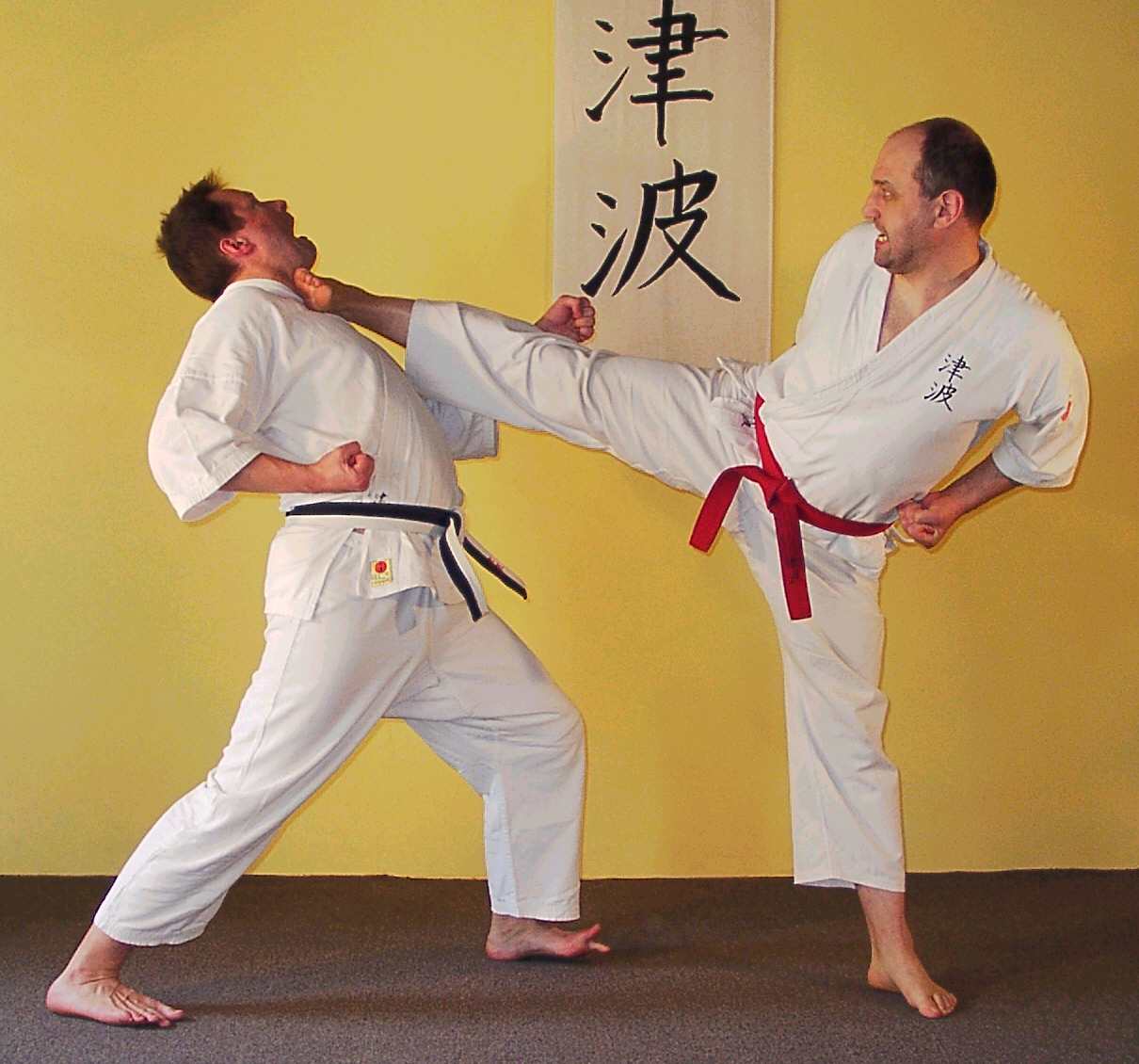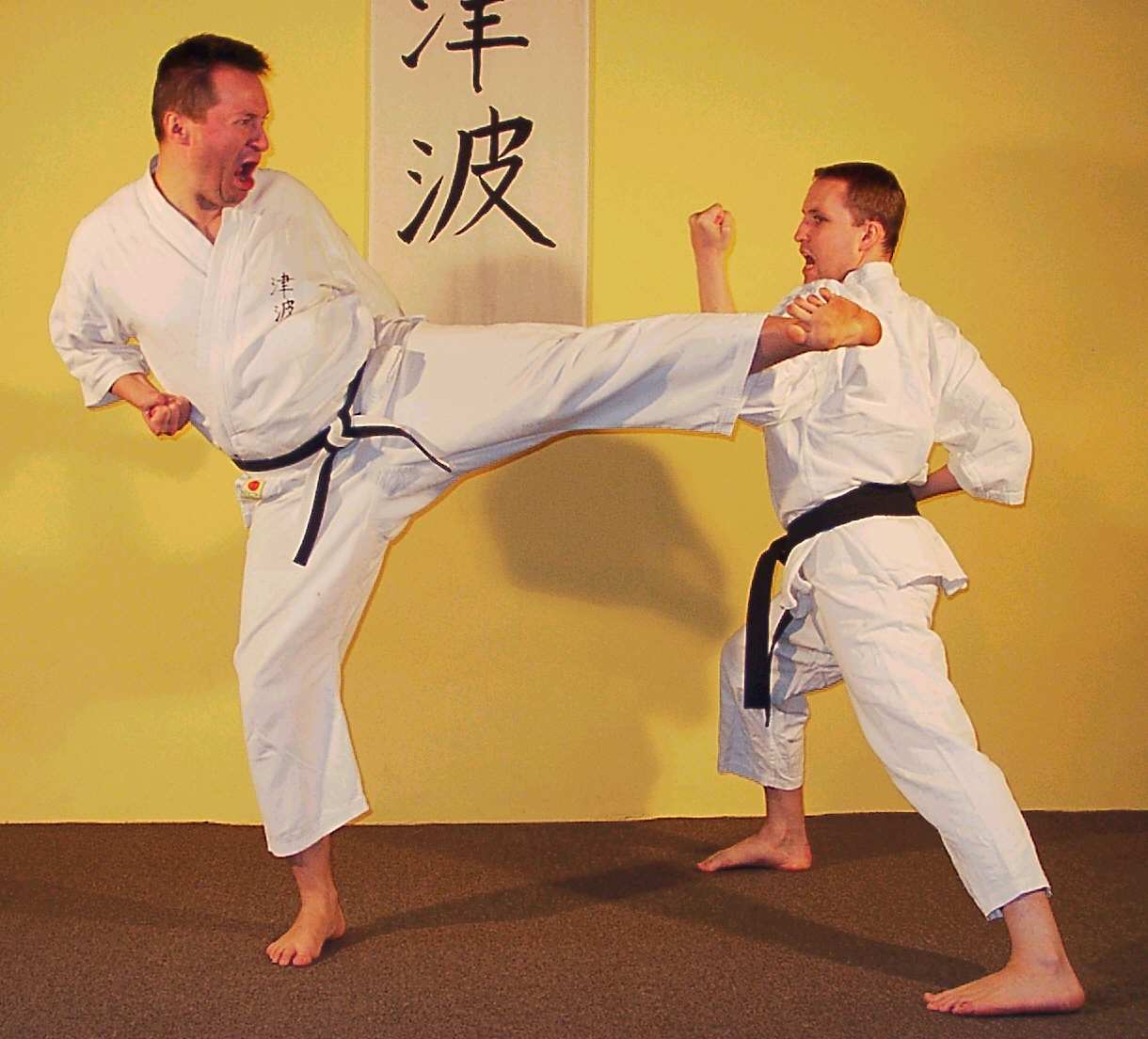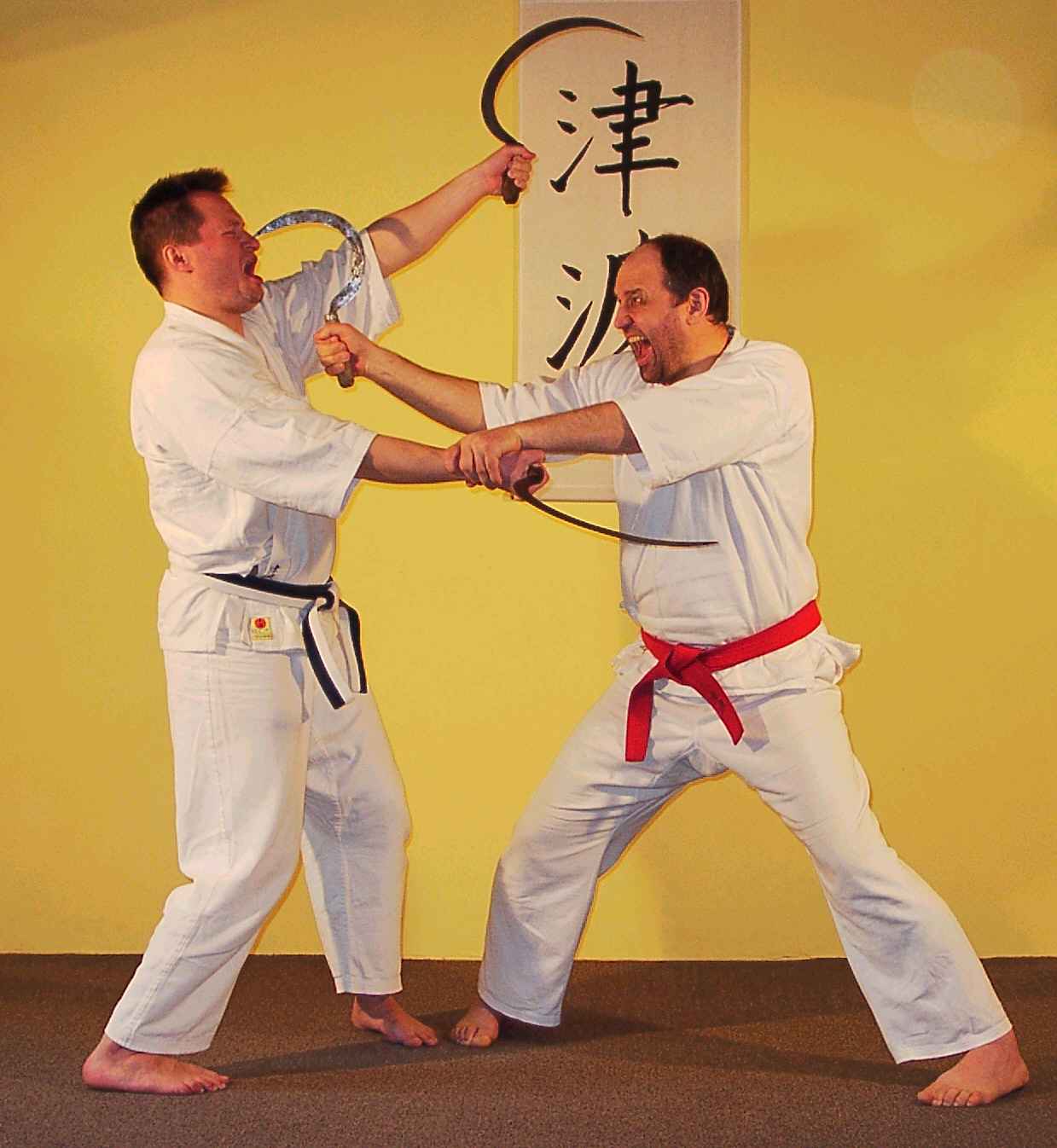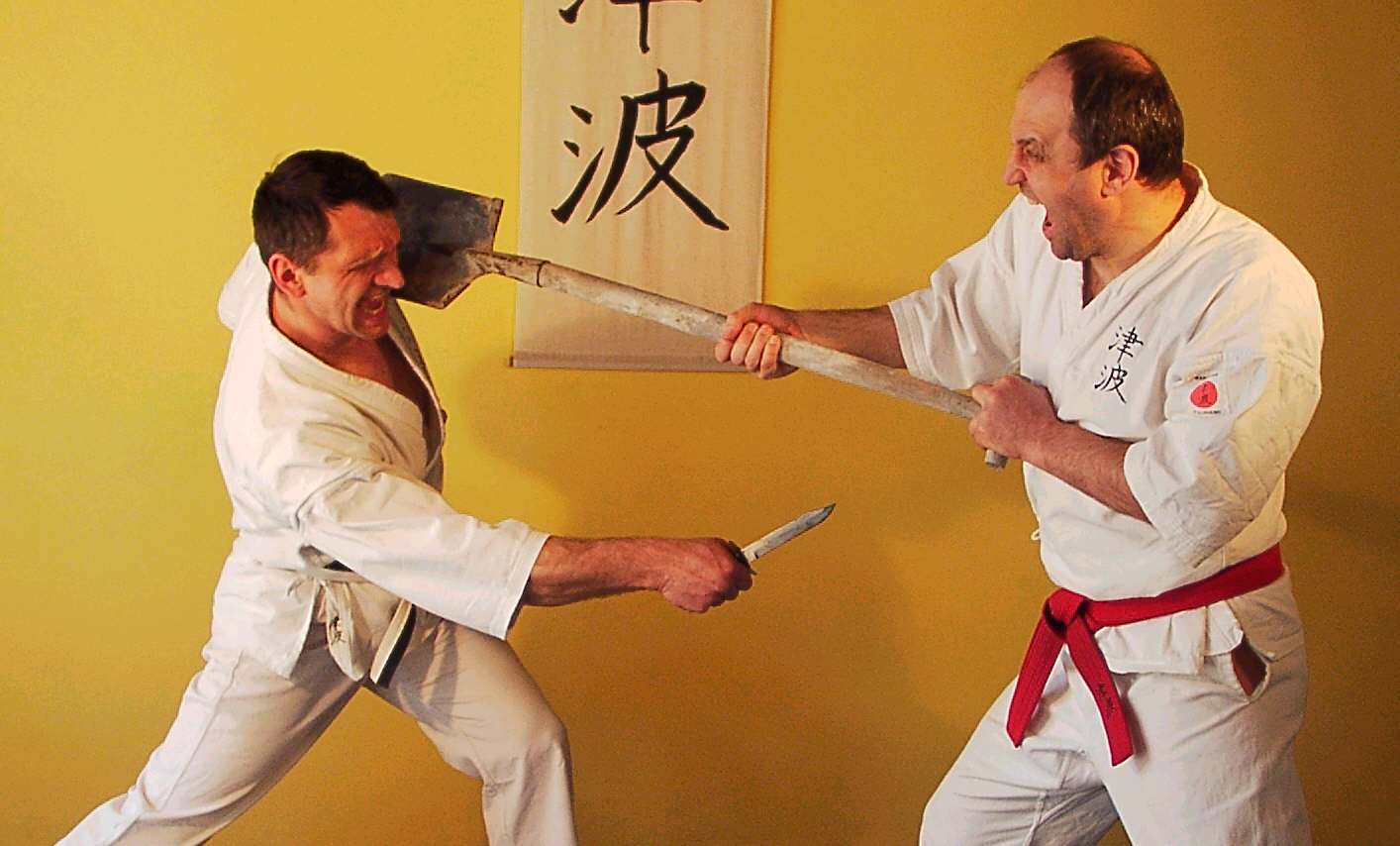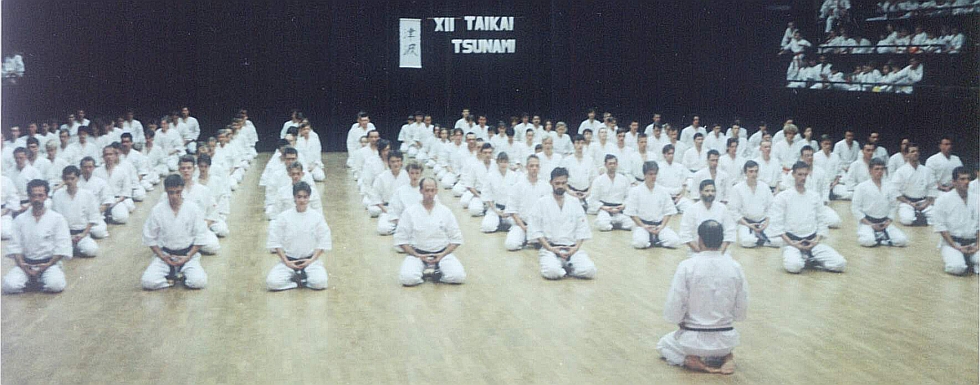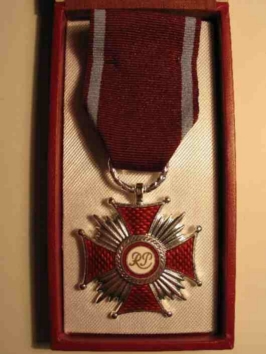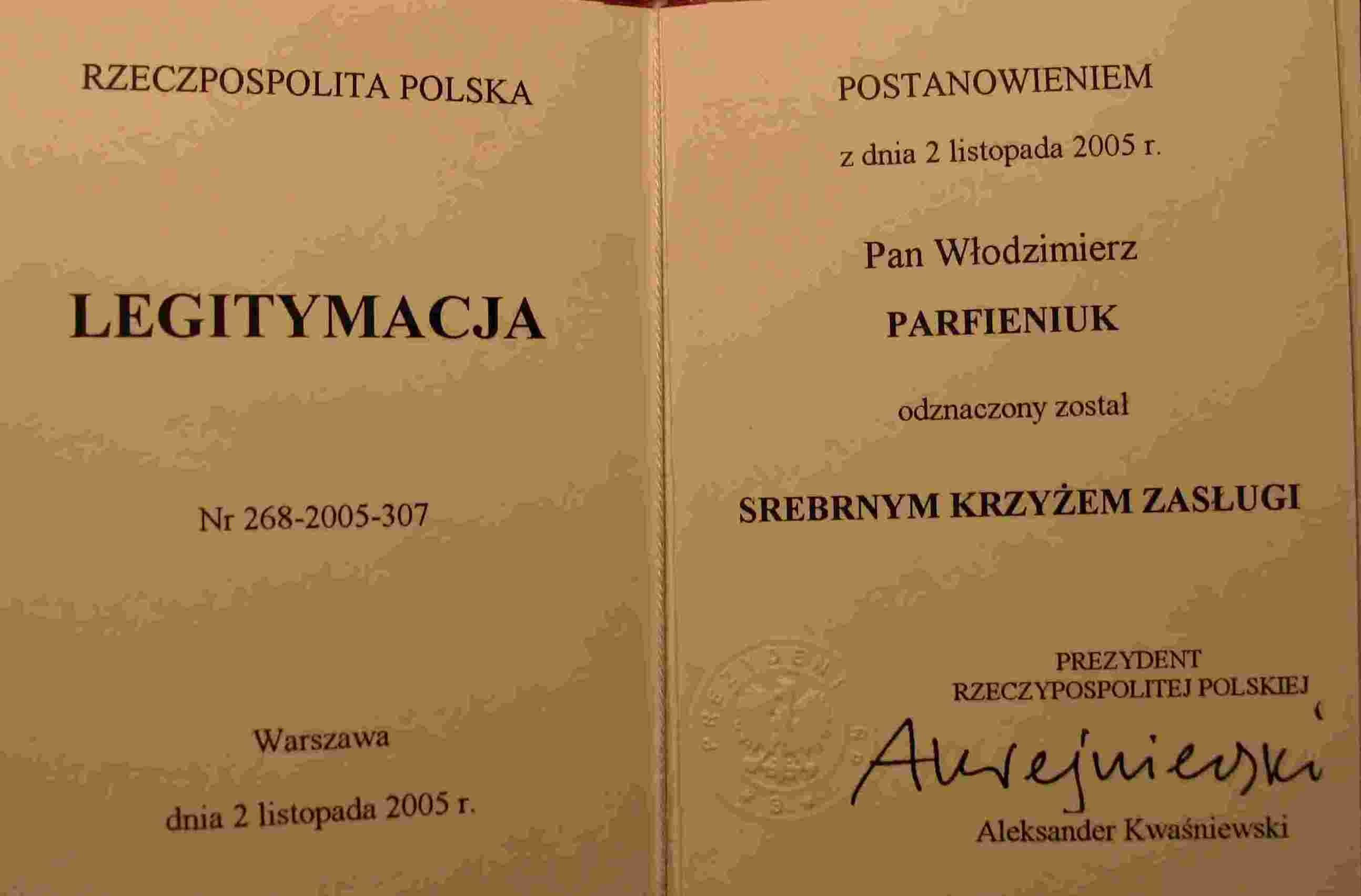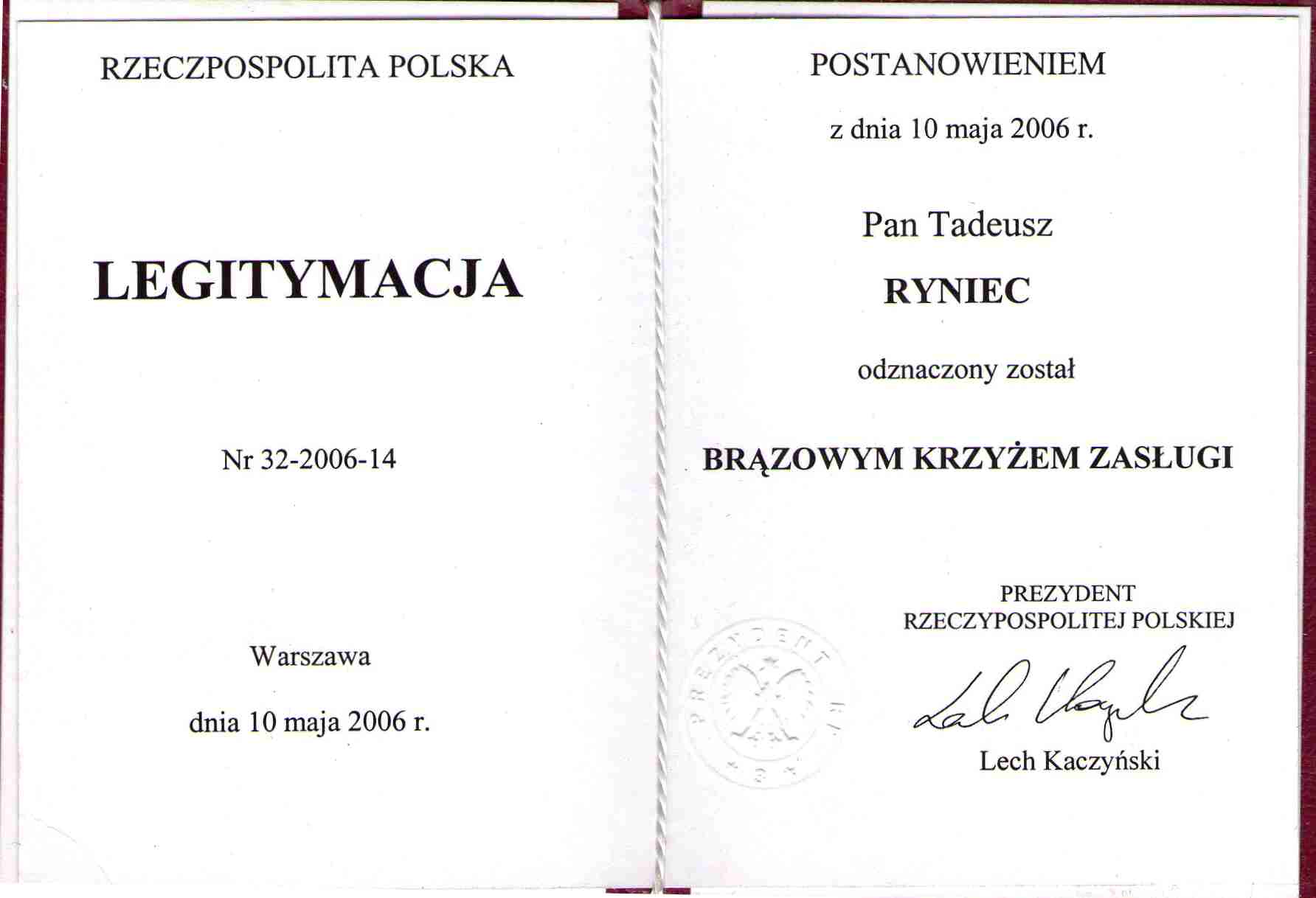| POLISH version |
TRANSLATION
into different languages |
Briefly about the Tsunami |
About Us | Contact |
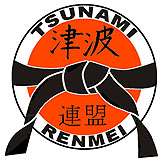
|
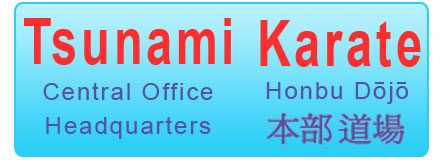 |
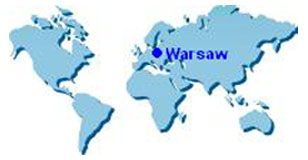 |  |
Briefly about Tsunami |
Thanks Tsunami is won Poland worldwide acclaim, and Tsunami itself belongs to the Polish cultural legacy.
It is exactly thanks to establishing Tsunami come to Poland for several dozen years to study secrets of martial arts instructors from various countries of Europe, Asia, Africa, America and in Australia.
For schooling under soke Richard Murat’s eye come persons from various continents, raising their level of training and passing exams. On the photographs from the left: A.Agisilaou 4 dan (Cyprus, Europe) and V.Ovsiannikov 7 dan (Komsomolsk on the Amur river, Russia, Asia) during the exams for masterly degree and Africans: C.Adelino, A.Congolo and R.C.Ferreira after a training run by soke Richard Murat in Warsaw.
Richard Murat as the founder of Tsunami he has in this style title soke (Japanese “founder, head ”) and interchangeably taishi (Japanese “patriarch ”) and he is the owner of the higher masterly degree 10 dan.
For regulations we add, that – according to the decision of soke Richard Murat, taken on the basis of rules being in effect in many languages – Tsunami as the name of the style we capitalizes it and then it refers exactly to this specific system, in contrast with term tsunami does not capitalize, which means already popularly well-know natural phoneme (Japanese "the great wave"), from which Tsunami system took its own name.
The Tsunami founder soke Richard Murat worked out all techniques and tactical solutions of the system, its ideological principles, organizational ones methodology and the principles of training, he gave them precise name in Japanese, and worked out requirements for degrees in Tsunami and the program for training instructors of this style.
These issues (concepts and rules) composed entirely on Tsunami system, soke Richard Murat presented in many books, brochures and other publications.
To be precise it is worth to add, that since the beginning of the Tsunami style both soke Richard Murat, and other representatives its use name quite often in connection with the terms Karate and Karate-do, which is not necessary, but it is a manifestation of the technical core of that style. For this reason, one can meet with three names of the system: Tsunami Karate, Karate-do Tsunami or just briefly: Tsunami.
On the other hand, for describing followers of Tsunami (students, members and supporters) soke Richard Murat applied the simple name: tsunamists, which already universally was accepted in the world.
The Tsunami founder soke Richard Murat 10 dan during practicing of yoko-geri-kekomi kick in the training fight (kumite) with hanshi Vladimir Parfieniuk 8 dan. He profession is logistics, he works in international corporations, acts as Vice-President of Tsunami Federation Renmei and coordinates Tsunami development in a lot of countries on various continents.
The example of the characteristic for Tsunami learning of fight (kumite). Against the attack of hanshi Vladimir Parfieniuk 8 dan with the powerful kick yoko-geri-kekomi his opponent effectively defenses by the moving himself out of the line of the attack yoko-uke with the security block uchi-ude-uke. Both are well-known for their very strong and precise techniques and large effectiveness in fight. Sensei Gregory Niemiec is a lawyer (he graduated from the Faculty of Law and Administration of Warsaw University, the same as soke Richard Murat) and works as an officer in Headquarters of the Border Guard in Warsaw.
In Tsunami style all exercises with the use of various instruments play a very important role, e.g. bo (a long stick), nunchaku (a short flail), tonfa (a stick with a side handle), kama (a sickle), tanto (a knife), and even other things found by chance like keys, a brief-case, a shovel or a chair.
Hanshi Vladimir Parfieniuk 8 dan and soke Richard Murat 10 dan during the training of fight with use of their family sickles, from several years used in their families to the horticultural work.
According to the Tsunami style objects that are within the reach of hand, for example a spade, they can be used with great effectiveness in fight with a brutal assailant, armed in a dangerous tool, for example in a knife. Demonstrate: soke Richard Murat 10 dan and shihan Thaddeus Ryniec 7 dan (Kutno). He is a computer specialist and one of the oldest Tsunami veterans, well-known for his great effectiveness in fight.
The special feature of the sunami is treating and recognizing this style by all practicing people not only as the aim, but also as the means for self-improvement. For that reason in tsunami the huge emphasis, much greater than in other martial arts, is laid on mental exercises, specially meditation ones. These exercises harmoniously connect the principles of meditation, worked out in both: in the East and in the West. In sunami the psychical aspect is of great importance. The meditation exercises during the training process are practiced to the greater extent than in other styles of martial arts. In the photo soke Richard Murat 10 dan runs meditation exercises with instructors during the 12th Tsunami Congress in 1994, in the most famous place in Poland: Warsaw’s Palace of Culture and Science. This photograph also illustrates efficiency and organizational power of Tsunami.
Above there are testimonies of those decorations handed Tsunami instructors whom are visible soke Richard Murat 10 dan and shihan Thaddeus Ryniec 7 dan.
Richard Murat published a large number of publications: articles, brochures, films and books. He was whom in 1980 published the first book on Karate range in Polish - "Karate Tsunami 10 kyu", which received great publicity. On the photographs there are examples of his publications in Polish and other languages: English, Russian and Hebrew.
|
Used here photographs and texts belong to the owner of this site. Copying or using any photographs or fragments of the text without the written permission of the owner of the site is forbidden. Infringing these rights in case of disclosure is punishable civil liability and criminal responsibility. Counter: 965709 |
